The U.S. Navy SEAL
Guide to
Mountain and Artic Survival Secrets
Learn the survival techniques and
strategies of americas
elite warriors
Don Mann
and Ralph Pezzullo
Skyhorse Publishing

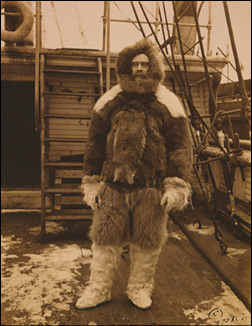
 Robert Edwin Peary, Sr . , an American explorer who claimed to have led the first expedition, on April 6, 1909, to reach the geographic North Pole Pearys claim was widely credited for most of the 20th century, though it was criticized even in its own day and is today widely doubted.
Robert Edwin Peary, Sr . , an American explorer who claimed to have led the first expedition, on April 6, 1909, to reach the geographic North Pole Pearys claim was widely credited for most of the 20th century, though it was criticized even in its own day and is today widely doubted.
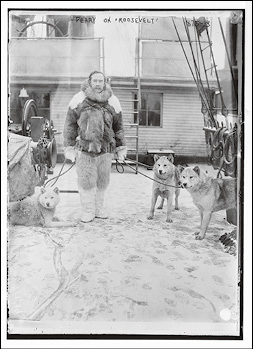
 Peary with dogs on deck of Roosevelt
Peary with dogs on deck of Roosevelt
Being at high altitudes under adverse condition creates unique issues for all aspects of survival, from movement to health to dealing with injuries.
Before you set out, familiarize yourself with some of the unique challenges you might encounter:
Mountain Injuries and Illnesses
The best way to deal with injuries and sicknesses is to take measures to prevent them from happening in the first place. But its important to treat any injury or sickness that occurs as soon as possible to prevent it from worsening. The knowledge of signs and symptoms are critical in maintaining health.
Hypothermia
Hypothermia occurs when an individuals body temperature lowers at a rate faster than it can produce heat. The initial symptom is shivering. Hypothermia begins when the bodys core temperature falls to about ninety-six degrees Fahrenheit. When the core temperature reaches ninety-five to ninety degrees Fahrenheit, sluggish thinking, irrational reasoning, and a false feeling of warmth may occur. Core temperatures of ninety to eight-six degrees Fahrenheit and below result in muscle rigidity, unconsciousness, and barely detectable signs of life. If the victims core temperature falls below seventy-seven degrees Fahrenheit, death is almost certain.
To treat hypothermia, rewarm the entire body. If there are means available, rewarm the person by first immersing the trunk area only in warm water of one 100 to 110 ten degrees Fahrenheit . Never rewarm the entire body in a warm bath, as this can result in cardiac arrest and rewarming shock.
One of the quickest ways to get heat to a persons inner core is to administer warm water enemas. But such action may not be possible in a survival situation. Another method is to wrap the victim in a warmed sleeping bag with another person who is already warm; both should be naked.
If the individual suffering from hypothermia is still conscious, feed him hot, sweetened fluids. One of the best sources of calories is honey or dextrose; if unavailable, use sugar, cocoa, or a similar soluble sweetener. Never force an unconscious person to drink.
The two dangers of treating hypothermia are:
1.Rewarming too rapidly . This can cause circulatory problems, resulting in heart failure.
2.After drop. After drop is the sharp body core temperature drop that occurs when you remove the victim from the warm water . Warming the core area and stimulating peripheral circulation will lessen the effects of after drop . Immerse the individuals torso in a warm bath, if possible.
Frostbite
Frostbite is a constant danger to anyone exposed to subzero temperatures. Because it isnt painful, frostbite often goes unnoticed. Therefore, when operating in subzero temperatures, you need to frequently examine your face, hands, and feet.
Frostbite can occur on exposed skin:
- within thirty minutes below minus 22 degrees F
- within one minute below minus 60 degrees F
- within thirty seconds below minus 74 degrees F
Feet, hands, ears, and exposed facial areas are particularly vulnerable. Skin that becomes dullish white in pallor is an indicator of light frostbite. Deep frostbite extends to a depth below the skin.
The best way to prevent frostbite when you are with others is to use the buddy system. Check your buddys face often and make sure that he checks yours. If you are alone, periodically cover your nose and lower part of your face with your mittened hand.
The following pointers will aid you in keeping warm and preventing frostbite when it is extremely cold or when you have less than adequate clothing:
- Face . Maintain circulation by twitching and wrinkling the skin on your face . Warm with your hands.
- Ears . Wiggle and move your ears if you can . Warm with your hands.
- Hands . Move your hands inside your gloves . Warm by placing your hands close to your body.
- Feet . Move your feet and wiggle your toes inside your boots.
Loss of feeling in your hands and feet is an indicator of frostbite. If you have lost feeling for only a short time, the frostbite is probably light. Otherwise, assume the frostbite is deep.
To rewarm a light frostbite, use your hands or mittens to warm your face and ears. Place your hands under your armpits. Place your feet next to your buddys stomach. A deep frostbite injury, if thawed and refrozen, will cause severe damage.
An old remedy for frostbite called for rubbing ice or snow into the affected part, but this will only lower the temperature even more and risk removing the outer layer of skin. As with most types of cold injuries, the best solution is to warm the affected part gradually. Dont rub the spot. Even the gentlest massage can do a great deal of harm, as mentioned earlier. If frostbite appears on your face, warm it by pressing your warm fingers against it. If a wrist is frozen, warm it by grasping it with the other hand. Frozen hands and fingers can be thawed by holding them against your chest or under your armpits inside your clothes.
Frozen feet are particularly serious because theres a high risk of losing toes. Keep your feet from freezing by using warm, insulated footwear. If you suspect your feet are frostbitten, take care of them immediately. Change to warm, dry footgear if you can, or wrap them in cloth until they thaw. Warm them gradually. Dont put them close to a heater or a fire. A burning sensation will follow the warming and thawing of a frozen part, and can be extremely painful. After frostbite, there may be blistering and peeling of the skin, as in sunburn, because the extreme cold has burned your skin.
Trench Foot and Immersion Foot
Both conditions can result from hours or days of exposure to wet or damp conditions at a temperature just above freezing. Initial symptoms are a sensation of pins and needles, tingling, numbness, and then pain. The skin will appear wet, soggy, white, and shriveled.
If untreated, the skin will take on a red and then a bluish or black discoloration. The feet will become cold, swollen, and have a waxy appearance. Walking will be difficult as the feet will feel heavy and numb. The nerves and muscles sustain the main damage, but gangrene can occur. In extreme cases, the flesh dies and it may become necessary to have the foot or leg amputated
The best prevention is to keep your feet dry. Carry extra socks with you in a waterproof packet. Dry wet socks against your torso (back or chest). Wash your feet and put on dry socks daily.
Dehydration
When youre bundled up in many layers of clothing during cold weather, you may be unaware that you are losing body moisture. Heavy clothing absorbs the moisture that evaporates in the air. Its necessary to drink water to replace this loss of fluid. Your need for water is as great in a cold environment as it is in a warm environment.


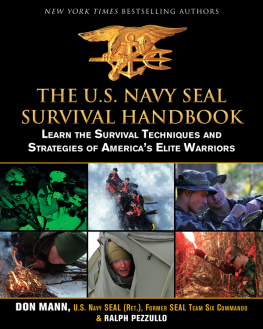





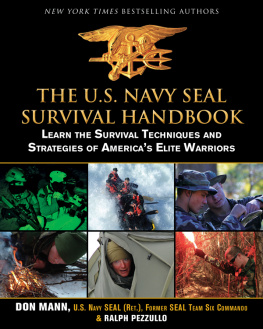

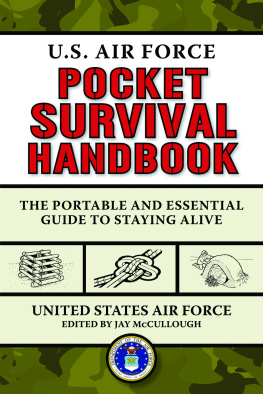
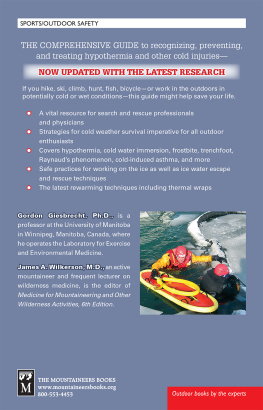
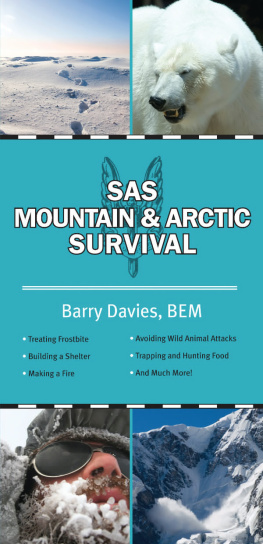



 Robert Edwin Peary, Sr . , an American explorer who claimed to have led the first expedition, on April 6, 1909, to reach the geographic North Pole Pearys claim was widely credited for most of the 20th century, though it was criticized even in its own day and is today widely doubted.
Robert Edwin Peary, Sr . , an American explorer who claimed to have led the first expedition, on April 6, 1909, to reach the geographic North Pole Pearys claim was widely credited for most of the 20th century, though it was criticized even in its own day and is today widely doubted.
 Peary with dogs on deck of Roosevelt
Peary with dogs on deck of Roosevelt